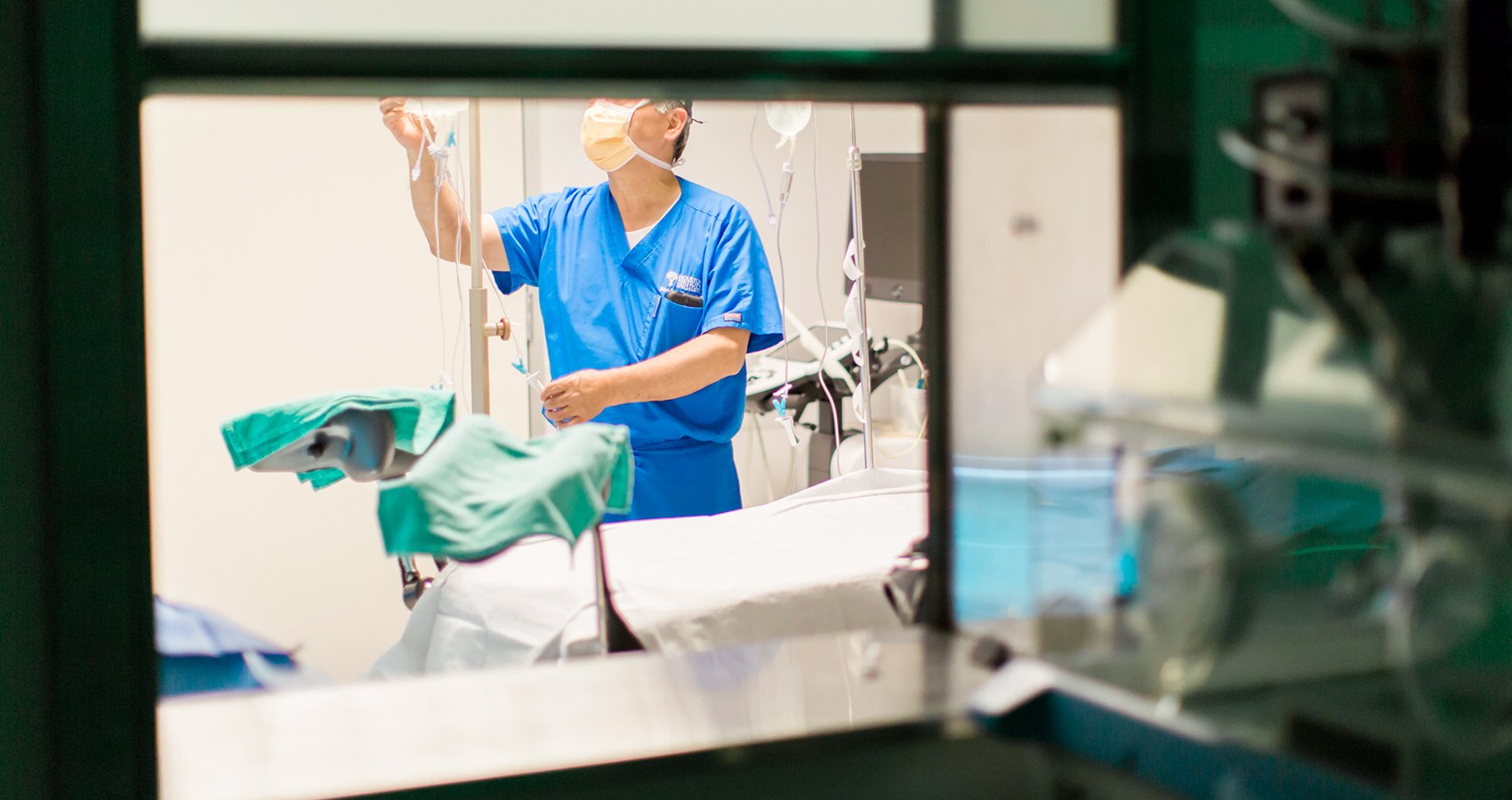Tubal Reversal and Fertility Surgery

Tubal Reversal Surgery
The fallopian tubes transport sperm to the egg, serve as the location of egg fertilization, and then facilitate movement of the embryo back to the uterus. Abnormalities in the fallopian tubes can arise from previous infection, surgery, or other causes, such as endometriosis. In few cases, tubal blockage can be corrected surgically. In most cases, damaged tubes cannot be repaired and an IVF treatment is required. In some cases, damaged tubes must be removed or artificially blocked as fluid from these diseased tubes can decrease the success of IVF.
Fertility Surgery
The physicians at Aspire Fertility Houston are some of the busiest reproductive surgeons in Houston and are leaders in their field. They perform hundreds of surgical procedures every year. Surgery may be indicated to diagnose and/or correct anatomic obstacles to fertility. These surgical procedures are performed by our expert physicians at The Woman’s Hospital of Texas or Fannin Surgicare, an outpatient surgical facility on The Woman’s Hospital of Texas campus. Both are minimally invasive centers of excellence.
Minimally Invasive Surgery
Laparoscopy is a minimally invasive surgical technique used to diagnose and manage conditions involving the reproductive organs in the pelvis. Sometimes, a surgical approach is the only way to accurately diagnose and treat conditions that impair fertility. When surgery is required, a laparoscopic surgical approach is frequently used because it offers excellent visualization of the anatomy for the surgeon. Laparoscopic surgeries benefit the patient as well as they are usually performed on an outpatient basis. Patients go home the same day and can expect a quick recovery. Laparoscopy sometimes utilizes the DaVinci robot, which enables a laparoscopic approach for surgeries that may otherwise require an “open” or abdominal approach through a large incision. We routinely use the DaVinci-assisted procedures in our practice.
Hysteroscopy
Hysteroscopy is the process of inserting a camera into the uterine cavity through the cervix. By itself, it is an outpatient procedure that is usually performed at the outpatient surgery center. Hysteroscopy can be used to remove polyps (overgrowth of the uterine lining), fibroids, or scar tissue that can be found in the uterine cavity and limit the chance for successful pregnancy. Some women are born with abnormalities in the shape of their uterus which can also be repaired through hysteroscopy.
Myomectomy
Fibroids, or uterine myomas, are ball-like growths of the uterine muscle that occur commonly. If these fibroids are too large or interfere with the uterine cavity, they should be removed surgically. The surgical approach—open abdominal surgery, laparoscopy through small incisions in the abdomen (with or without the DaVinci robot), or hysteroscopy through the woman’s cervix—depends on the number, size, and location of the fibroids. Your physician will discuss the range of surgical approaches and options for you based on your particular anatomy. Our practice performs this procedure frequently and our providers receive international and national referrals for fibroid removal.
Schedule a Tubal Reversal Consultation
Our team can help answer your questions and provide information to help you make decisions that are right for you. We would love the opportunity to discuss tubal reversal and fertility surgery with you in person. Schedule an appointment with one of our physicians and or email Aspire with any questions. We invite you to learn more about our locations in Austin, Dallas, Houston, or San Antonio to get five-star patient support or request an appointment to get started.

















